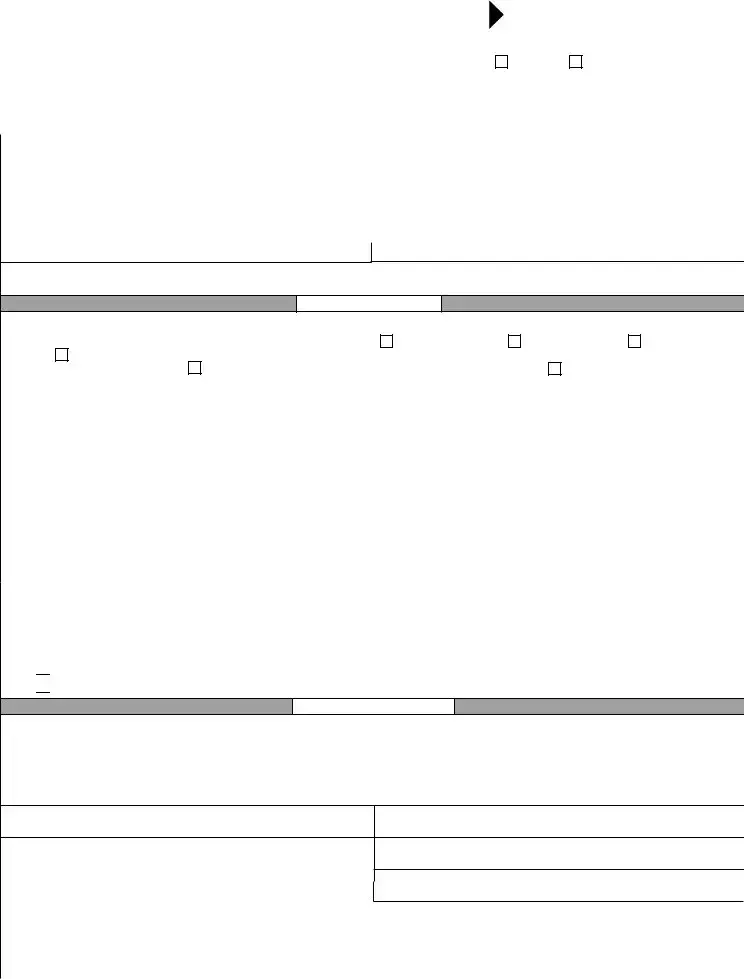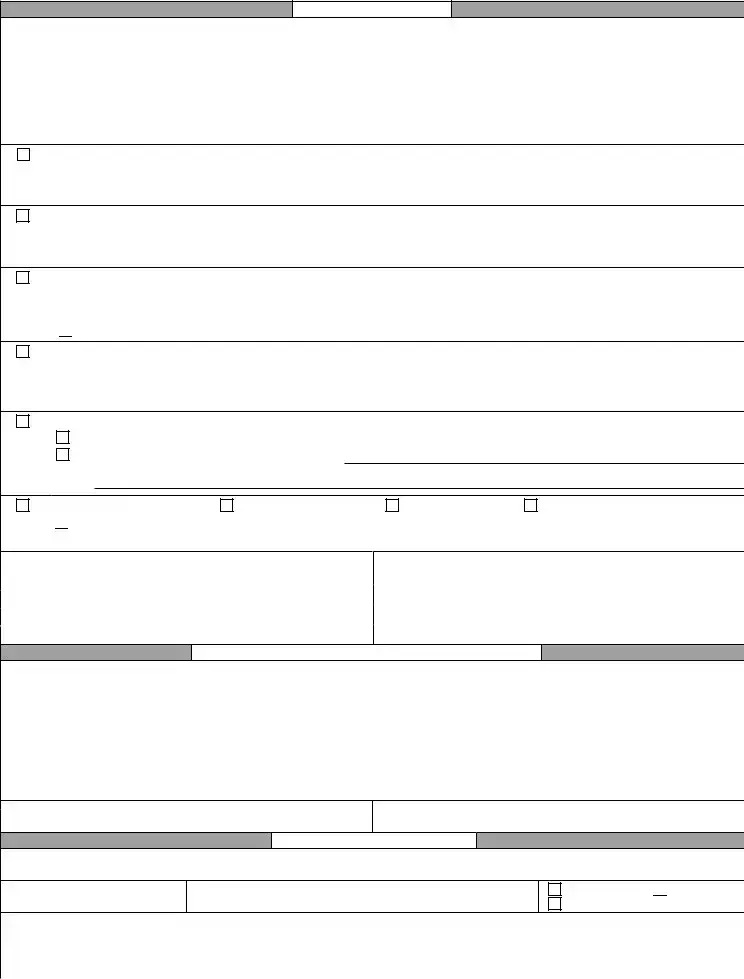The Limited Driving Privilege Letter, as outlined in the document from North Carolina, shares similarities with a Hardship License application found in many states. Like the Limited Driving Privilege, a Hardship License allows for conditional driving, typically after suspension due to DUI or other violations, enabling individuals to drive to work, school, or medical appointments. Both documents necessitate a court's approval, with specific criteria that must be met by applicants, including not having been convicted of certain other offenses within a set period.
An Occupational Driver's License (ODL) document, much akin to the Limited Driving Privilege Letter, permits individuals whose licenses have been suspended or revoked to drive under certain conditions. The ODL is primarily meant for those who need to drive as a requisite for their employment, education, or to perform essential household duties. The conditions and restrictions outlined in both documents ensure that the privilege is used responsibly, emphasizing the necessity of maintaining lawful behavior and adherence to outlined limitations.
Conditional License documents, typically issued by New York, closely resemble North Carolina's approach to granting limited driving privileges. These documents come into play when a driver's license has been suspended due to alcohol-related offenses or other specific violations. Both require the completion of an alcohol or drug education program and set strict boundaries on when and where the individual can drive, ensuring that the individual can meet essential living needs without fully restoring their driving rights.
A Work Permit or Probationary License, often issued in cases of DUIs or severe traffic violations where the individual's driving privileges were suspended, parallels the Limited Driving Privilege Letter. These documents are crucial for those needing vehicle access to sustain their livelihood, specifically allowing travel to and from work, and sometimes for job-related duties during working hours. Restrictions similar to those in the North Carolina document, like driving hours or purposes, are common.
The Ignition Interlock Device (IID) License documentation, although distinct in its requirements for a physical device, shares the rehabilitative goals of the Limited Driving Privilege Letter. Following a DUI conviction, drivers might be required to install an IID in their vehicles, alongside obtaining a special license that permits them to drive. Both documents focus on ensuring the individual remains substance-free while driving and aims to mitigate repeat offenses through controlled privileges.
Court-Ordered Community Service or Treatment Driving Permit, which may be issued following drug or alcohol-related offenses, has analogous intentions to the Limited Driving Privilege document. They are tailored for individuals who are ordered by the court to attend community service, counseling, or treatment sessions, ensuring they have a legal means to reach these locations. The emphasis is on supporting the individual's rehabilitation journey, much like in the North Carolina directive.
Drug Education School (DES) Limited Driving Permit, primarily used in states like Georgia, bears resemblance to North Carolina's approach when dealing with drug-related driving offenses. These permits are specifically designed to allow individuals convicted under such circumstances to attend mandatory drug education classes, thereby partially restoring their freedom of movement for rehabilitation purposes, under strict compliance and occasional monitoring.
The Temporary Restricted License, often seen in Iowa and other states, is similar to the North Carolina Limited Driving Privilege in both purpose and procedure. Aimed at those who have faced license suspension due to offenses like DUI, these licenses come with stringent conditions, typically allowing travel only between home and work, school, or for emergency medical care. The goal is to ensure that the penalized individual can continue essential daily functions while still serving their suspension.

 a. The Court has been furnished a properly executed form
a. The Court has been furnished a properly executed form  b. The defendant has executed form
b. The defendant has executed form 

 The driver is self employed and the required documentation for
The driver is self employed and the required documentation for  Other:
Other: Clerk Of Superior Court
Clerk Of Superior Court